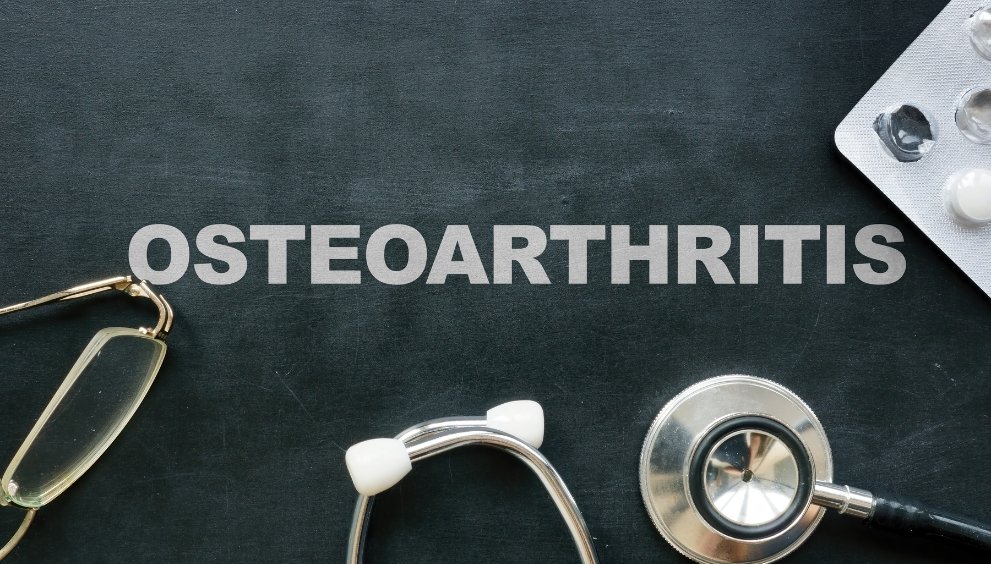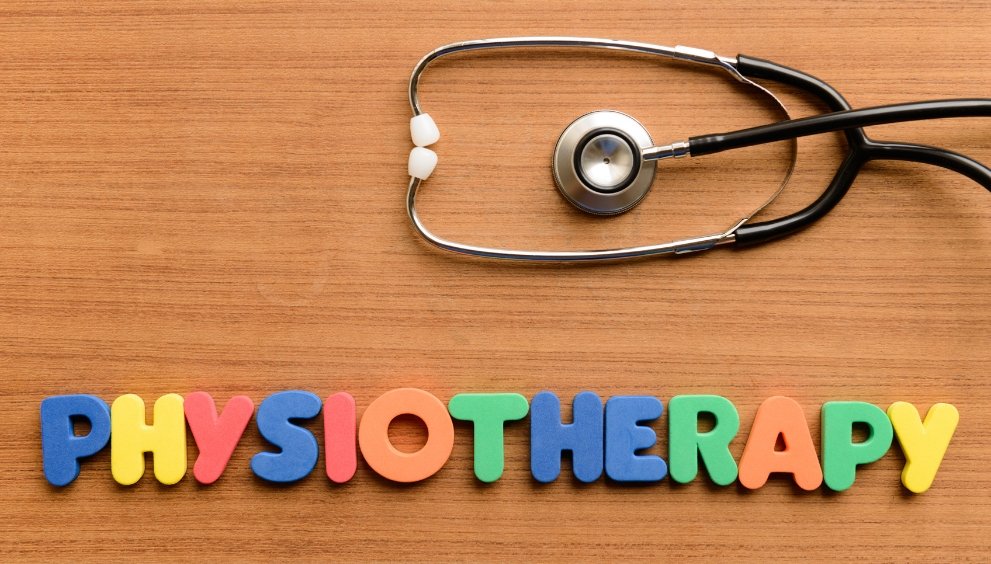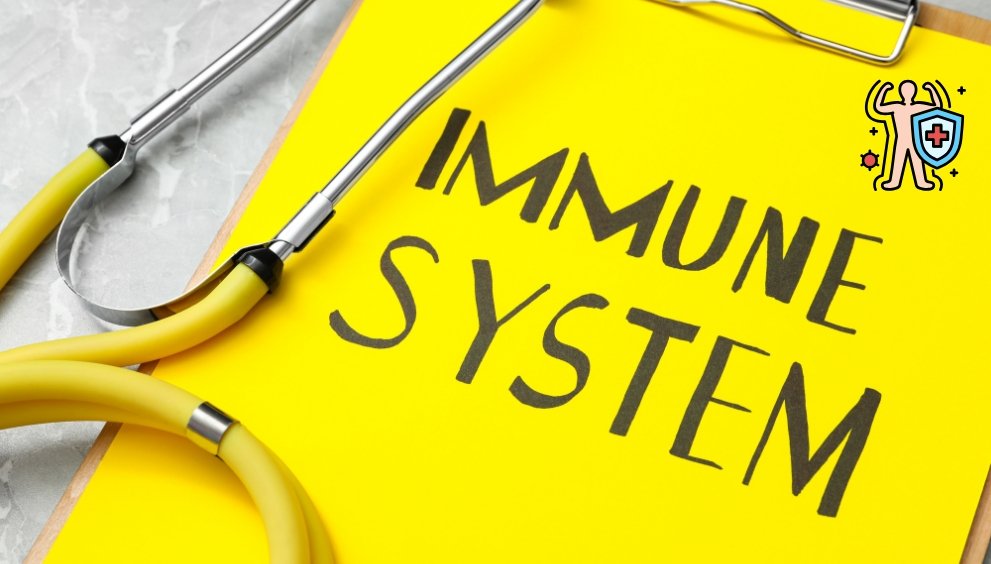Cardiac rehab: the role of physiotherapist after heart attack
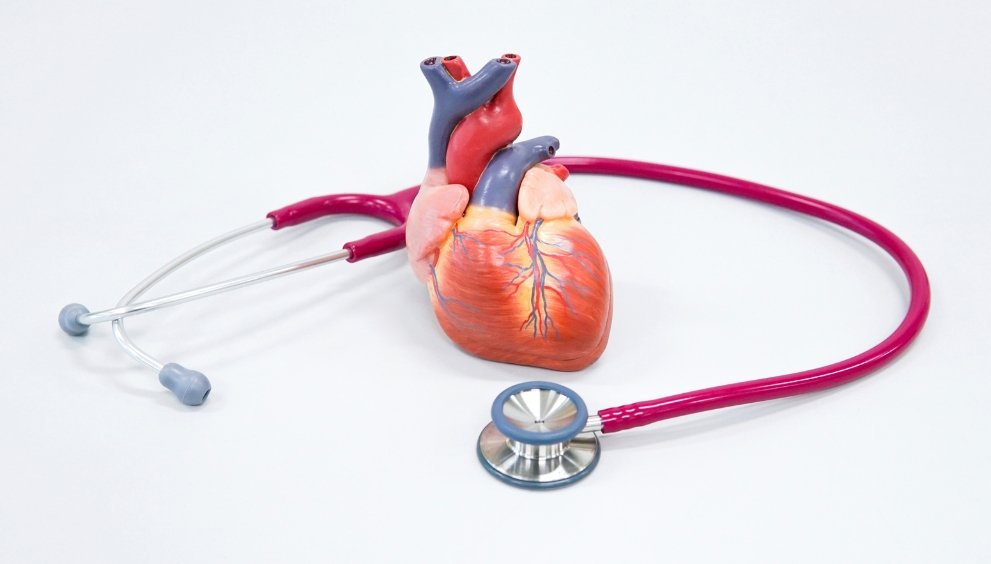
A heart attack is also called a myocardial infarction. It is a life-changing event that results in making individuals shaken emotionally and weak physically. After hospital discharge, recovery does not end, but it is the start of beginning. Cardiac rehabilitation is the most important component where the physiotherapist plays a key role. To recover safely, to improve heart health and reduce risk of future cardiac events, cardiac rehab is well well-organized program. Physiotherapists guide patients with exercise plans and lifestyle changes.
Cardiac Rehabilitation:
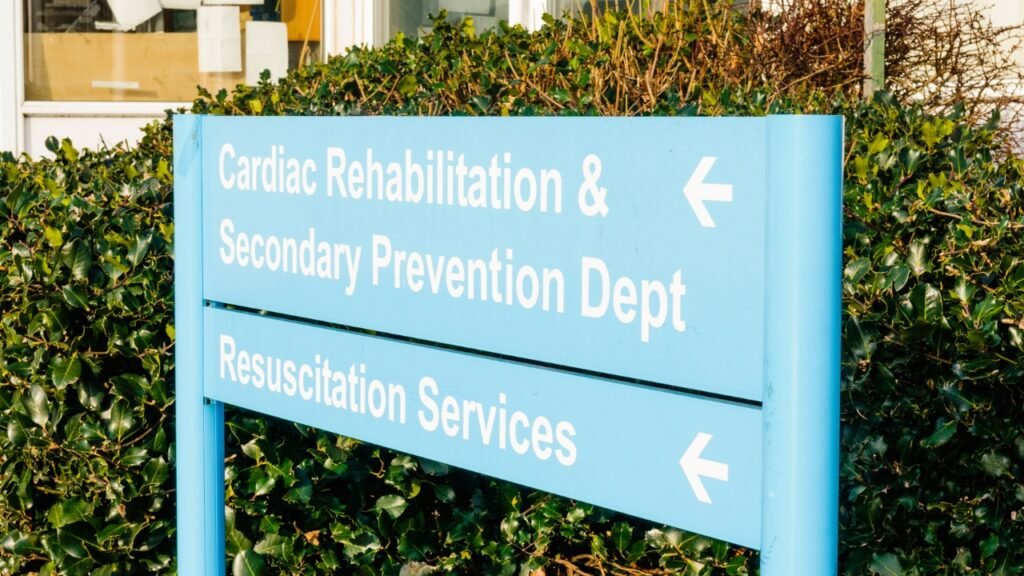
For people recovering from heart attacks, heart surgery, angioplasty, or stent placement, cardiac rehabilitation is a medically supervised program. The recovery is divided into three phases:
- Phase I – Inpatient (hospital-based)
- Phase II – Outpatient (early recovery)
- Phase III – Maintenance (long-term management)
The physiotherapist’s role in cardiac rehab:

1. Early mobilization (phase I – Inpatient)

After a heart attack, rest is important, but too much rest delays the recovery process. Once the patient is stable physiotherapist initiates safe and supervised movement as early as 24-48 hours post-MI. Activities may include:
- bed exercises.
- sitting out of bed.
- Walking short distances.
- Breathing exercises.
These exercises can prevent deep vein thrombosis or pneumonia, improve circulation, and boost patient confidence. During activity physiotherapist must check for heart rate, blood pressure, and shortness of breath to ensure patient safety.
2. Structured exercise and education ( phase II-outpatient):

It typically starts 2-6 weeks post-discharge, and patients have to attend regular sessions for 12-16 weeks as per the guidance of the physiotherapist.
- Aerobic training: Walking, cycling, treadmill.
- Resistance training: To improve strength, light weights or resistance bands are used.
- Flexibility exercises: To improve joint mobility, gentle stretching can be performed.
- Heart rate and BP monitoring before, during, and after exercise sessions.
Borg Rating of Perceived Exertion (RPE) and target heart rate zones are tools used by physiotherapists to ensure patients exercise safely without overexertion. Patients should be given awareness of Moderate intensity exercise, hazard signs of cardiac failure, efficacy of medication, and diet.
3. Long-term Lifestyle support (phase-III maintenance):

Physiotherapists can help patient change their starting exercise program to do their exercises independently. To maintain cardiovascular health, their goal should include a home exercise program, gym exercises, regular walking, and swimming also focus on weight management, reducing stress, and eliminating the habit of smoking.
Benefits of Cardiac Rehab with physiotherapy:

Patients who perform their exercise program actively in cardiac rehabilitation with the guidance of a physiotherapist have a reduced chance of cardiac attack again, increased stamina, better heart ability to function, decreased chance of anxiety and depression, improved regulation of blood pressure, cholesterol, and weight. Better quality of life and ability to perform daily activities.
Physiotherapists provide guidance far more than just exercises. They give motivation, confidence, build up, and emotional guidance. To help patients fully trust their bodies after a near-death experience episode that they face during the cardiac arrest, cardiac rehab provides them with lifetime recovery and better heart health.
A heart attack gives a person an alarm, but it does not mean that life is going to end. Patients may be able to develop strength, their lives with the help of a tailored cardiac rehab program and a physiotherapist.


 English
English 








